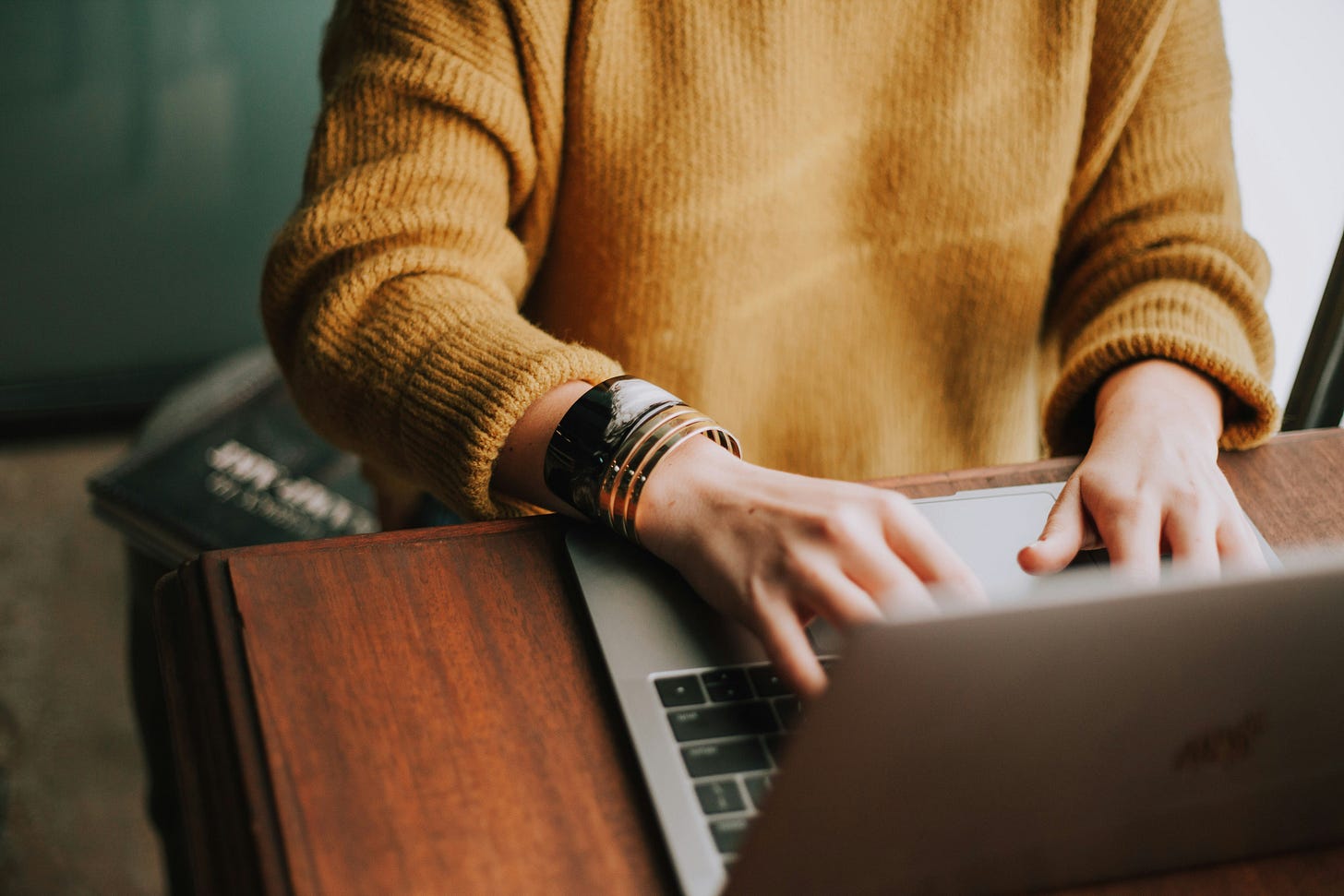Hello and welcome back,
This month we’re focusing on kindness, which in our first post this month I defined as something that’s done with the intention of benefitting others (I’m quoting psychologist Claudia Hammond from her book The Keys to Kindness here).
It’s important to include that phrase, ‘with the intention of’, because sometimes we do things we think will be considered kind, only to receive an angry reaction or a snub from the person we hoped would feel grateful. This happens when we’ve failed to ‘read’ the recipient of our kindness correctly - or in other words, when our ability to be empathetic malfunctions.
Empathy is the ability to recognise, understand and share the thoughts and/or feelings of another person - or for that matter, of another animal such as our dog. Humans aren’t born with this ability. Instead, we have to learn to be empathetic, and we do this by studying and interacting with others, first with our main carers when we’re infants, then with siblings if we have them, and then with classmates, teachers and others at school and in our communities. Luckily, humans are predisposed to attend to other humans, particularly to their faces and their use of body language, so the ability to be empathetic has always been learned more or less naturally.
Until the last decade or so, that is.
Since then, our growing over-reliance on phones and other screens to communicate with others has increased steadily, allowing less and less time for us to learn how to become skilled empathisers. Because each of us is unique and will have our own unique set of facial expressions and mannerisms, learning to read other people can only be learned well through direct experience, through being with and interacting with them. No amount of texts, emails or instruction manuals will get you very far.
So, if you’d like to become more skilful at empathising, what’s the best way of going about it?
Put down your phones. Turn off your devices. Do so for at least a total of one hour each day (in chunks as small as you like). During those moments become a skilled people watcher.
Walk down a street near you, or walk your dog somewhere you know there will be other dog walkers. Look carefully at the people around you. Who do you think are sad? Who is happy? Who looks like they’d like to have a chat? Who looks cold, or hot?
Then, as you become more confident that you’re beginning to read people accurately, smile and ask someone a relevant question or make a comment that shows you’ve understood their state of mind and would like to share that knowledge in an engaging, kindly way:
‘It does seem colder than usual today. Are you feeling it like I am?’
‘What a pleasure to see someone who seems so happy.’
‘Your dog is lovely. What’s he called?’
Each of those questions suggests that you value the other person, that you’ve recognised how they’re feeling, and that you wish to know more about them.
In my next post I’ll explain why offering these little kindnesses is so important to wellbeing - not only the wellbeing of the person you speak to, but also for your own wellbeing.
Until then, happy observant dog walking!
Warm wishes,
Linda




Kindness costs nothing but can mean everything.